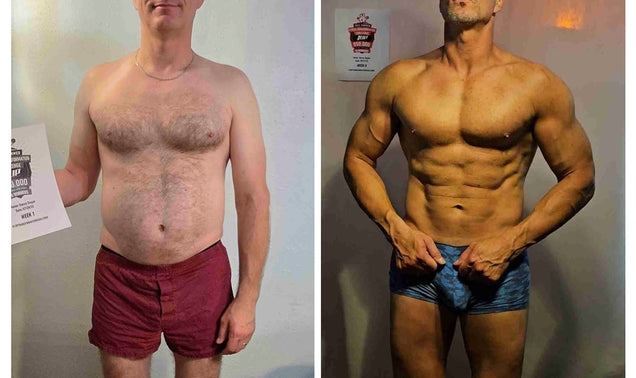Anterior Pelvic Tilt, or “APT”, is a very common disorder amongst people today. With desk jobs and sedentary lifestyles being more and more prevalent, issues like APT are a common occurrence.
Your pelvis helps you walk, run, and lift weight off the ground. It also contributes to proper posture. An anterior pelvic tilt is when your pelvis is rotated forward, which forces your spine to curve. It's often caused by excessive sitting without enough exercise and stretching to counteract the effects of sitting all day or for an extended number of hours.
This obviously can bring about numerous issues that can hinder not only workouts, but everyday life. Things to look for when it comes to posture and APT is:
- A forward tipped pelvis
- Increased lower back curve (sway back)
- A “bulging” (not necessarily fat) abdomen
When it comes to musculature, there are also many imbalances. The following imbalances occur with APT:
Weak/lengthened muscles:
- Rectus abdominis
- External obliques
- Gluteals
- Hamstrings
Simultaneously, the following back and core muscles are strong/stiff:
- Psoas
- Iliacus
- Rectus femoris
- Tensor fascia latae (upper thigh muscle)
- Erector spinae
With all of this occurring, one can guess how the body is thrown into this physical havoc. Also, with these conditions and imbalances, the issue of APT is only enhanced and worsened, so this condition if left untreated only gets worse. Women seem to be the most common suffers from this condition.
Many people resort to chiropractic methods to try to fix APT. Though there is some evidence to show that this can be an effective way to treat APT, there is more proof in exercise as a therapeutic method to bring relief and help to someone with APT.
Stretching the hip flexors are a huge thing when working on the issues of APT. Flexible hip flexors will make a person more inept to do the other movements required to help out with this form of postural deviation. Doing certain pelvic tilt exercises are vital:
- Lying pelvic tilt: lying pelvic tilt is a great exercise for fixing APT, as “push the lower back into the ground” is an easy cue for most people to understand.
- Standing pelvic tilt: “Squeeze the glutes” is an excellent cue for the standing pelvic tilt, as it triggers the trainee to contract the glutes and posteriorly tilt the pelvis.
- RKC Plank: Pelvis in RKC Plank is posteriorly rotated as opposed to neutral (which is usually not able to be maintained) in the traditional plank.






